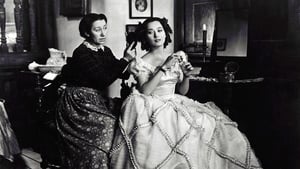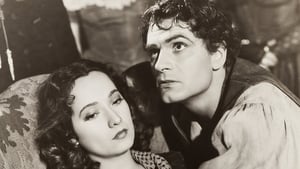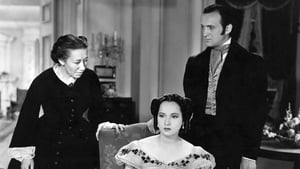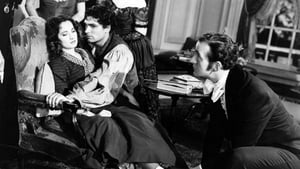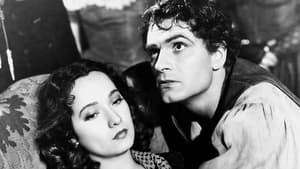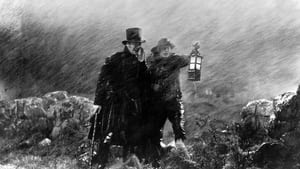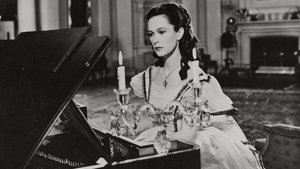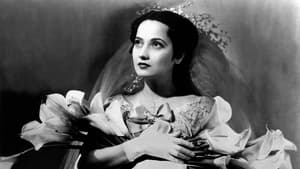Video Sources 0 Views
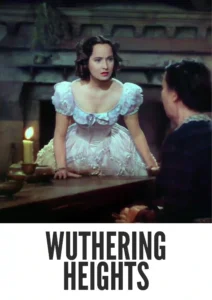
Synopsis
Passion and Tragedy on the Moors: Wuthering Heights (1939) in Vivid Color

Immerse yourself in the passionate and tragic world of Wuthering Heights, a timeless gothic romance epic from 1939, now beautifully colorized for a viewing experience that breathes new life into this classic tale. Starring Laurence Olivier and Merle Oberon, this William Wyler-directed film captures the haunting beauty and emotional intensity of Emily Brontë’s novel, also known as La Pasión De Los Cumbres Borrascosas. Perfect for lovers of classic literature and sweeping cinematic romances, this HD download brings a legendary love story to your screen.
Wuthering Heights Storyline: A Tale of Love and Revenge
Wuthering Heights tells the story of Heathcliff (Laurence Olivier), an orphan taken in by the Earnshaw family, who develops an intense and ultimately destructive love for Catherine Earnshaw (Merle Oberon). Their relationship is set against the wild and unforgiving Yorkshire moors, reflecting the turbulent emotions that consume them.As Catherine is pressured to marry the wealthy Edgar Linton, Heathcliff, heartbroken and humiliated, leaves Wuthering Heights. He returns years later, a wealthy and vengeful man, determined to exact revenge on those who wronged him and to claim his rightful place. His actions set in motion a chain of events that devastates both his own life and the lives of those around him. Wuthering Heights is a powerful exploration of love, class, revenge, and the destructive nature of obsession, and is also known as Cumbres Borrascosas.
Movie Cast
The film features a stellar cast of actors who bring these iconic characters to life:
- Laurence Olivier as Heathcliff
- Merle Oberon as Catherine Earnshaw
- David Niven as Edgar Linton
- Flora Robson as Ellen Dean
- Geraldine Fitzgerald as Isabella Linton
Movie Genre
Wuthering Heights falls into the genre of gothic romance, with elements of tragedy and drama that are characteristic of classic literature adaptations. Its passionate storyline and atmospheric setting make it a captivating and emotionally resonant film.
Historical Context: Classic Hollywood and Literary Adaptations
Released in 1939, Wuthering Heights represents a high point in Hollywood’s golden age of literary adaptations, showcasing the studio system’s ability to bring classic stories to a wide audience. The film was produced during a period when adaptations of classic novels were highly regarded. Wuthering Heights is considered one of the finest adaptations of Emily Brontë’s novel, earning critical acclaim and solidifying its place in cinematic history.
Colorization Details
This colorized version of Wuthering Heights has been meticulously restored using modern digital techniques, enhancing the visual appeal while preserving the film’s original atmosphere of romance and tragedy. The colorization process involved carefully analyzing the grayscale tones of the original black and white footage and assigning appropriate colors to each scene. While the specific software used remains proprietary, the techniques employed included advanced algorithms for color palette selection and image enhancement. This painstaking process brings new life to the characters and settings, making the story even more engaging for modern audiences. While some may debate the merits of colorizing classic films, it introduces these films to a broader audience, ensuring their legacy for future generations.
Technical Details
- Director: William Wyler
- Screenplay: Ben Hecht, Charles MacArthur
- Based on: the novel by Emily Brontë
- Cinematography: Gregg Toland
- Edited by: Daniel Mandell
- Production Company: Samuel Goldwyn Productions
- Distributed by: United Artists
- Runtime: 104 minutes
Technical Specifications
- Download Format: MP4
- Resolution: HD (1080p)
- Compatibility: Compatible with most devices, including smartphones, tablets, computers, and smart TVs.
Reviews and Critical Reception
Wuthering Heights (1939) is widely regarded as one of the greatest romantic films of all time, praised for its stellar performances, atmospheric cinematography, and faithful adaptation of Emily Brontë’s novel. Earning numerous Academy Award nominations, it secured a win for Best Cinematography and remains a cornerstone of classic Hollywood cinema.
FAQs
- Q: What is Wuthering Heights about?
- A: Wuthering Heights is a gothic romance about the destructive love between Heathcliff and Catherine Earnshaw.
- Q: Is Wuthering Heights (1939) a faithful adaptation of the novel?
- A: Yes, the film is considered a faithful adaptation, capturing the essence and emotional intensity of Emily Brontë’s novel.
- Q: Is this version of Wuthering Heights colorized?
- A: Yes, this version has been professionally colorized to enhance the viewing experience.
- Q: What makes Wuthering Heights a classic film?
- A: Wuthering Heights is a classic film due to its timeless story, stellar performances, and significant cultural impact.
- Q: What is the download format?
- A: The download format is MP4, which is compatible with most devices.
- Q: What resolution is the download?
- A: The resolution is HD (1080p), providing a high-quality viewing experience.
Download Now in HD!
Watch Wuthering Heights Today!

